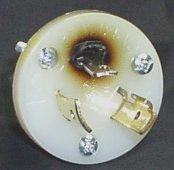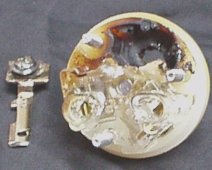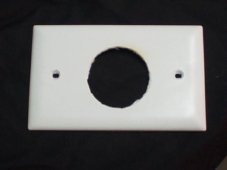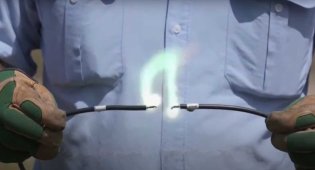In a worship center with a 45' high ceiling we had one 750W PAR (light) that flickered occasionally. The previous Lighting Director, had taken it out of the lighting controller configuration and didn't use it. The building was about 5 years old when I came on board. I notice the light that was out and tried everything I could think of to spot the problem. Swapped dimmers, hot wired the circuit directly, etc. It wouldn't always flicker. Finally it was flickering on a day the lift was available. I found that the original installer had not tightened down the neutral wire on the socket. Depending on the buildings vibrations it sometimes would make adequate contact and other times it would arc. After 5 years of this it had melted the socket. I only got pictures of the plug but the socket itself was an unrecognizable mess. Now you know why arc fault breakers are important.








